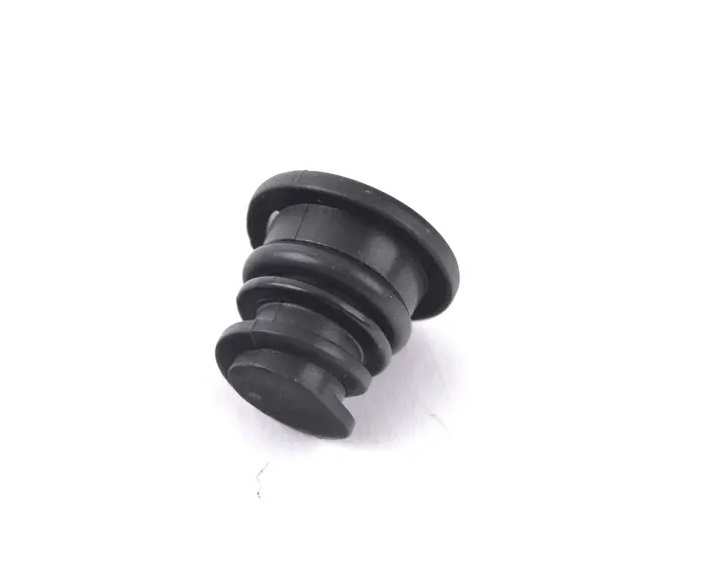inner axle seal
Understanding the Importance of Inner Axle Seals
Inner axle seals are crucial components of any vehicle's drive system, serving to protect the axle assembly from contaminants and ensuring that lubricant stays within the axle housing. These seals are often overlooked, yet they play a vital role in maintaining the overall health and performance of the vehicle. This article will delve into what inner axle seals are, why they matter, and common issues related to them.
What is an Inner Axle Seal?
An inner axle seal is a type of sealing device located at the point where the axle shaft exits the axle housing. The primary function of this seal is to prevent differential oil from leaking out of the axle housing while also keeping dirt, water, and debris from entering the assembly. This is particularly important because any contaminants getting into the differential could lead to significant wear and damage to the gears and bearings inside.
Typically made from elastomeric materials such as rubber or polyurethane, inner axle seals are designed to withstand harsh conditions, including extreme temperatures and pressure. The design of these seals is precise, ensuring a tight fit so that the chances of leaks are minimized.
Why Inner Axle Seals Matter
1. Preventing Fluid Loss The most evident function of an inner axle seal is to contain the lubricant within the axle housing. Loss of differential fluid can lead to a lack of lubrication for the gears, resulting in increased friction and potentially catastrophic failure.
2. Contaminant Protection By preventing dirt and debris from entering the differential, inner axle seals help maintain the cleanliness of the internal components. Contamination can lead to accelerated wear and tear, reducing the lifespan of the axle assembly.
3. Cost Efficiency A simple seal is far more cost-effective than repairing or replacing an entire axle assembly due to damage caused by neglect or fluid loss. Timely inspection and replacement of worn inner axle seals can save vehicle owners substantial amounts of money in the long run.
inner axle seal

4. Safety The integrity of the axle assembly is crucial for vehicle stability and safety. Failure in this area can lead to serious handling issues, making the car difficult to control and significantly increasing the risk of accidents.
Common Issues with Inner Axle Seals
Despite their importance, inner axle seals are not immune to wear and tear. Over time, heat, age, and exposure to various environmental factors can degrade the material, leading to leaks. Here are some common issues associated with inner axle seals
1. Cracking or Dry Rot Prolonged exposure to temperature fluctuations and UV light can cause rubber seals to dry out, leading to cracks that compromise their sealing ability.
2. Improper Installation An incorrectly installed inner axle seal may not create a proper seal, resulting in leaks and contamination.
3. Wear and Tear Ongoing friction and motion can wear down the material of the seal over time, leading to failures that necessitate replacement.
4. Axle Misalignment Misaligned axles can put excessive stress on the seals, leading to premature failure. Regular maintenance checks can help identify misalignment issues before they cause damage.
Conclusion
In summary, inner axle seals are small yet vital components of a vehicle's drivetrain. They ensure that differential fluid remains contained while protecting the axle assembly from harmful contaminants. Regular inspection and timely replacement of worn seals can prevent costly repairs and maintain vehicle safety and efficiency. Vehicle owners should always be vigilant about the condition of their inner axle seals and address any signs of wear immediately to prolong the lifespan of their vehicle’s drivetrain. Investing in the maintenance of inner axle seals ultimately translates to safer driving and a smoother vehicle performance.
-
Understanding Automotive Oil Seals: Essential Components for Engine and Shaft Protection
News Jul.30,2025
-
The Importance of Heavy Duty Seals in Industrial and Residential Applications
News Jul.30,2025
-
Exploring Industrial Oil Seals: From Felt Oil Seals to TTO and CFW Solutions
News Jul.30,2025
-
Essential Guide to Oil Seals: From Radial to Metal-Cased Seals for Industrial Reliability
News Jul.30,2025
-
Choosing the Right Oil Seals and Gaskets for Industrial and Automotive Applications
News Jul.30,2025
-
Cassette Seals: Durable Sealing Solutions for Harsh Environments
News Jul.30,2025
-
Understanding the Front Main Engine Seal: Purpose, Maintenance, and Installation
News Jul.29,2025
Products categories















